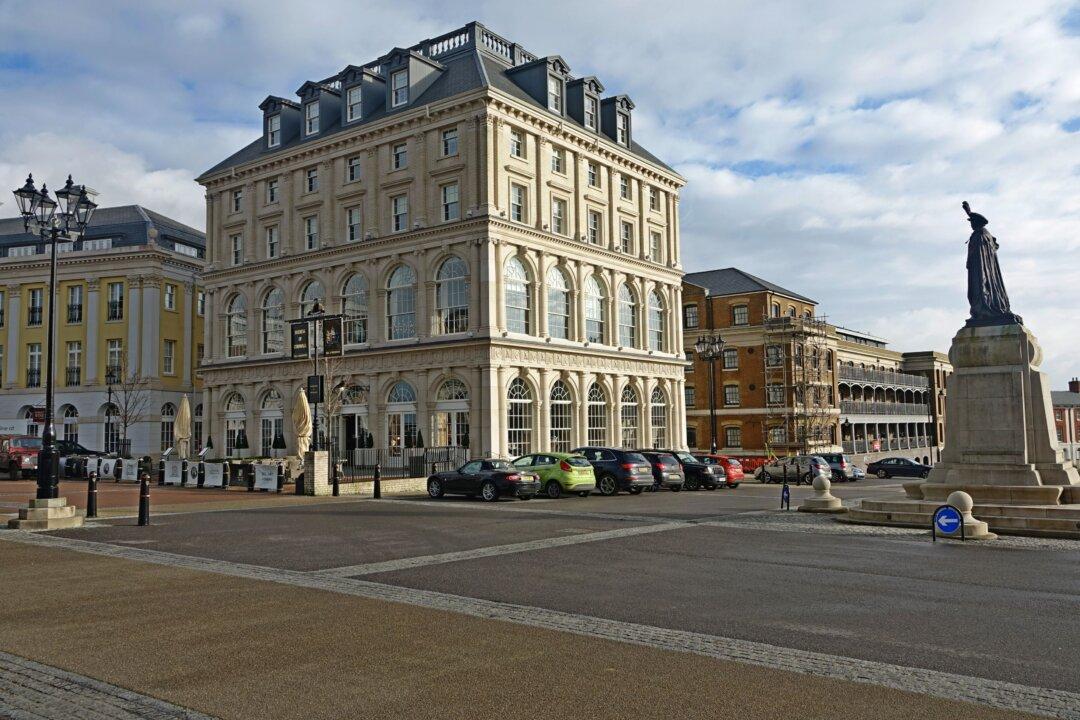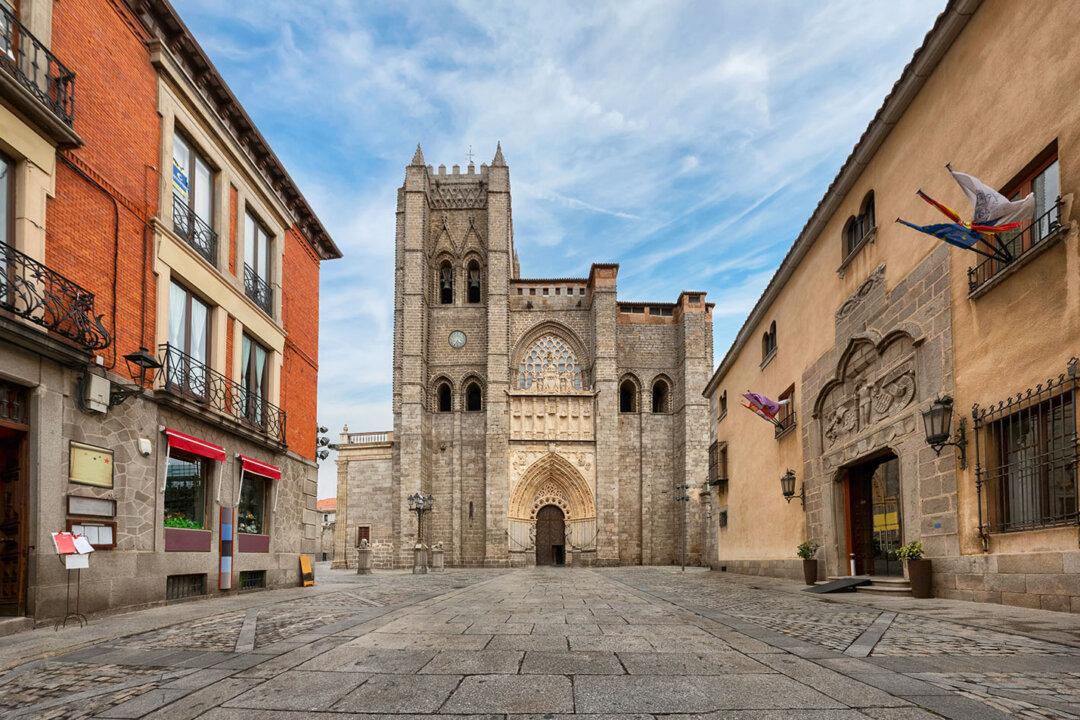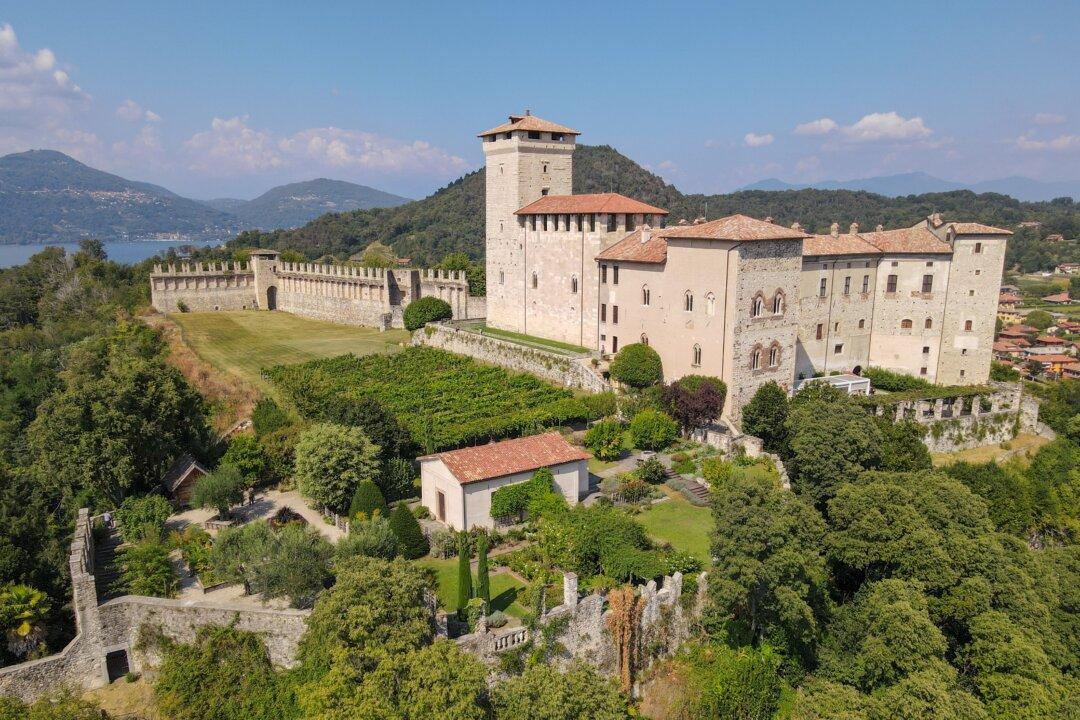Remembered primarily as Leonardo da Vinci’s home during the last three years of his life, the Château du Clos Lucé now serves as a museum dedicated to his life and work. It is among the loveliest of the hundreds of châteaux in France’s Loire Valley.
Built in 1471 by Hugues d'Amboise, the chateau combines elements of French Gothic and Renaissance traditions. The château’s façade is made of 15th-century tuffeau stone (local limestone) and pink bricks—unaltered in hue since the Renaissance. Inside the manor’s small courtyard, the octagonal tower, which features a spiral staircase, is a notable architectural feature. At one end of the chateau and inside one corner of a large courtyard are two small square towers with steeply sloping pyramidal roofs, a common feature of medieval French architecture.





